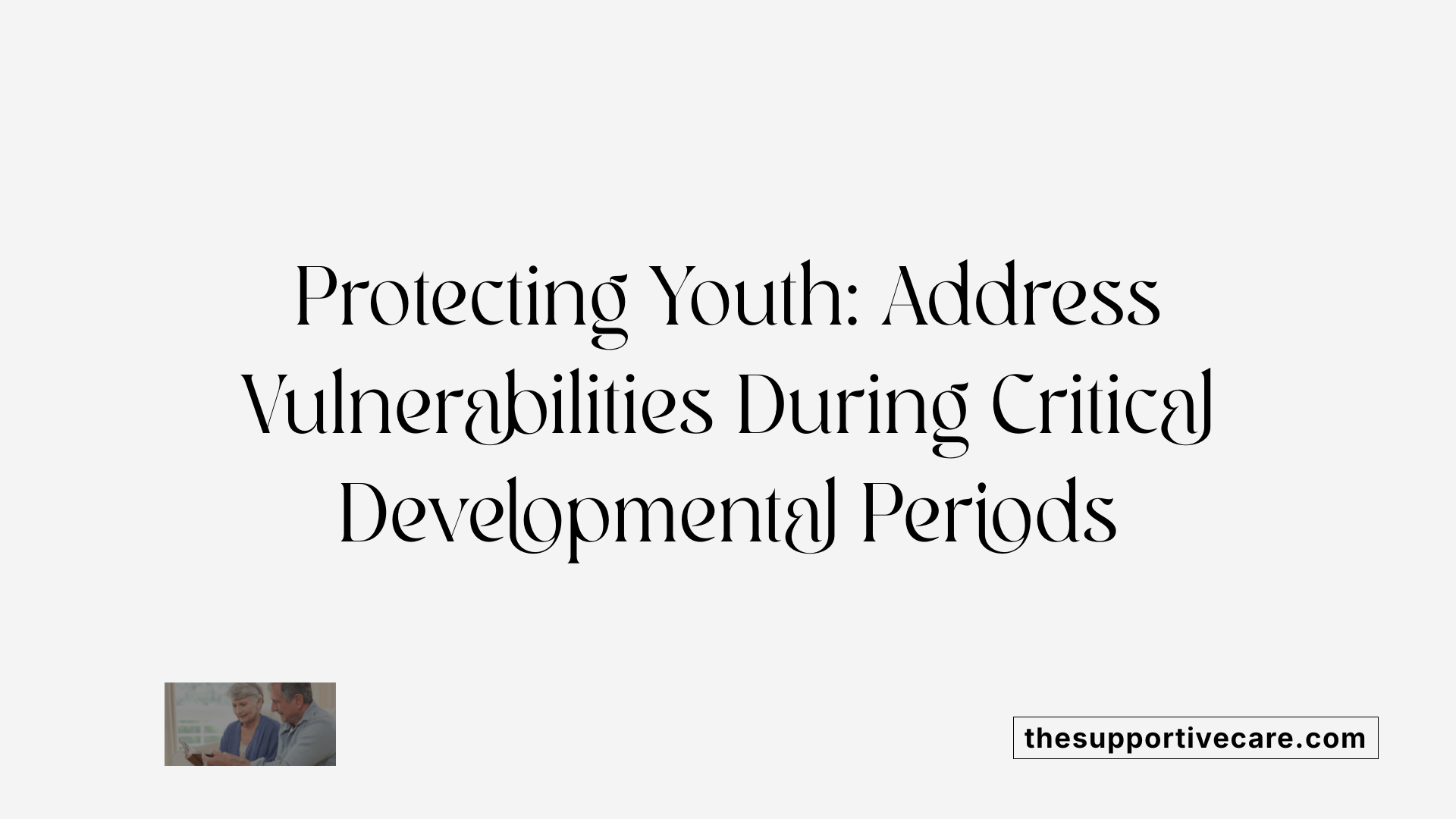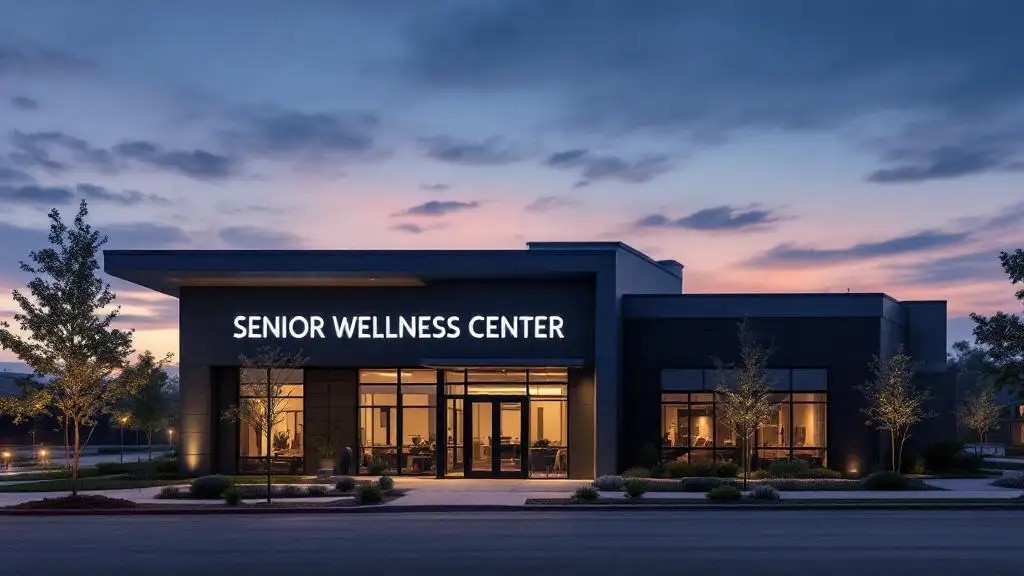Understanding Prevention in Behavioral Health
Behavioral crises stemming from substance abuse and mental health disorders present significant challenges to individuals and communities alike. Prevention through early intervention, evidence-based care, and integrated treatment services is crucial to reducing these crises. This article explores comprehensive preventative care strategies that encompass community engagement, evidence-supported programs, and system-wide reforms to mitigate behavioral emergencies.
The Foundation of Preventative Care: Evidence-Based Practices and Early Intervention

What is the role of early intervention in preventing behavioral crises?
Early intervention plays a critical role in preventing behavioral crises by reducing the onset and escalation of substance use and mental health issues before they develop into more severe conditions. Identifying at-risk youth early and applying appropriate support can significantly decrease the likelihood of addiction and behavioral emergencies, thereby improving long-term well-being.
How effective are research-based prevention programs?
Research-based prevention programs have been thoroughly tested and are grounded in scientific evidence. They have proven highly effective in reducing the early initiation of tobacco, alcohol, and other drug use. These programs alter risk and protective factors, making them essential tools in the fight against substance misuse and its consequences.
What are the levels of prevention?
Prevention programs operate at three levels, tailored to different risk profiles:
- Universal prevention: Targets all children and adolescents regardless of risk, promoting healthy choices and resilience.
- Selective prevention: Focuses on groups identified as having specific risk factors, such as family history or environmental stressors.
- Indicated prevention: Designed for youth already exhibiting early signs of substance use, aiming to curb progression to addiction.
Why is addressing adolescent vulnerability and risk factors important?
Adolescents are especially vulnerable to substance use because their judgment and decision-making brain regions are still developing, continuing into the early to mid-20s. Additionally, social transitions like moving or family changes increase risk. Addressing these vulnerabilities through targeted prevention efforts reduces early drug use and its associated risks, ultimately preventing addiction and behavioral health crises.
This foundation of early intervention and evidence-based prevention not only protects youth but also promotes healthier communities by interrupting the pathways that lead to substance misuse and related crises.
Integrated Care Models: Enhancing Access and Quality in Behavioral Health Treatment
What are the principles of collaborative care and chronic care models?
Collaborative care is based on Wagner's chronic care model and emphasizes proactive patient identification, team-based care with regular communication, and ongoing care management. It integrates mental health with primary care to improve access and quality, particularly for depression and anxiety, with potential benefits for co-occurring physical health conditions.
How do team-based care, patient registries, and stepped care improve behavioral health outcomes?
Team-based care involves multidisciplinary teams including primary care providers, behavioral health specialists, and care managers coordinating closely. Patient registries and shared electronic health records help systematically track patient progress and outcomes. Stepped care and measurement-based approaches ensure treatment intensity matches patients’ needs, with self-management support and links to community services enhancing overall care quality.
What challenges do payment policies and health IT infrastructure pose to integrated care?
Existing payment policies, like billing codes for care management, have seen low adoption due to insufficient infrastructure and administrative burdens. Programs such as Patient-Centered Medical Homes (PCMHs) and Accountable Care Organizations (ACOs) have had limited success incentivizing behavioral health integration because behavioral health metrics and providers are often inadequately included. Furthermore, lack of health IT infrastructure and workforce shortages represent structural barriers.
What feasibility strategies exist for implementing integrated care in low-resource settings?
In settings with limited resources, basic screening and referral protocols can be implemented alongside simple patient registries. Connecting patients to social services and employing minimal technological solutions offer practical means to deliver integrated care effectively without large-scale infrastructure. Such approaches prioritize accessible, team-based care tailored to community realities, fostering gradual improvements in behavioral health treatment quality and access.
Community Engagement and Workforce Development in Prevention Efforts
Community-based programs and outreach strategies
Prevention efforts heavily rely on engaging communities to foster environments that reduce substance misuse and behavioral health issues. Programs like Communities Talk to Prevent Alcohol and Other Drug Misuse provide planning stipends and tailored resources to empower youth and family-focused activities, targeting the vulnerability of individuals aged 12 to 25. National campaigns, such as 'Talk. They Hear You.', equip parents and caregivers with discussion materials to address underage drinking and substance use proactively.
Training and support for practitioners through specialized centers
Specialized centers such as the Prevention Technology Transfer Center (PTTC) Network and the Suicide Prevention Resource Center offer dedicated training and resources, strengthening the capabilities of practitioners. These centers facilitate the dissemination of evidence-based prevention practices, enhance skills in early intervention, and improve overall community-level responses to behavioral health needs.
Expanding and diversifying the behavioral health workforce
Addressing workforce shortages and diversity is critical to broadening prevention services. Policy priorities emphasize increasing provider diversity and improving education and compensation to attract and retain qualified professionals. Expanding the workforce with members trained in structural competency enables culturally sensitive care, which is especially important for populations disproportionately affected by substance use and mental health disorders.
Leveraging peer recovery specialists and community organizations
Incorporating peer recovery specialists and community-based organizations into prevention and treatment frameworks creates trusted support systems and enhances engagement. These specialists bring lived experience, help reduce stigma, and foster recovery-friendly environments. Community organizations offer integrated behavioral health and social services, serving as accessible entry points for prevention and ongoing care.
Together, these community engagement and workforce development strategies create a robust foundation for effective prevention efforts, ensuring that services are culturally competent, accessible, and responsive to local needs.
Harm Reduction and Crisis Response: Preventing Escalation and Supporting Recovery
What Are Harm Reduction Strategies?
Harm reduction strategies focus on minimizing the negative health, social, and legal impacts associated with substance use, without requiring abstinence. Naloxone distribution is a powerful tool that directly reduces mortality from opioid overdoses by reversing overdose effects and saving lives. Syringe Service Programs (SSPs) provide sterile needles and injection equipment, significantly decreasing the transmission of HIV and hepatitis C among people who inject drugs.
Other effective harm reduction approaches include drug-checking services, such as fentanyl test strips, which help users identify adulterated substances to prevent overdoses. These strategies create healthcare environments free from stigma, encouraging people who use substances (PWUS) to engage in ongoing treatment and health services.
How Does The National Behavioral Health Crisis Care Guidance Framework Support Crisis Response?
The National Behavioral Health Crisis Care Guidance offers a comprehensive blueprint for transforming crisis care systems. It integrates immediate contact supports, including hotlines like the 988 Lifeline, with responsive services such as Mobile Crisis Teams and Crisis Outreach Teams.
What Role Do Mobile Crisis Teams and Safe Crisis Stabilization Services Play?
Mobile Crisis Teams provide urgent, on-site behavioral health assessment and intervention, aiming to de-escalate crises in the community setting. Safe crisis stabilization services furnish immediate treatment and stabilization in a safe environment outside of hospital settings, allowing individuals to receive timely support without unnecessary hospitalization.
Why Are Non-Stigmatizing Healthcare Environments Important?
Non-stigmatizing care environments remove barriers to treatment by fostering trust and respect. They encourage individuals experiencing behavioral health crises or substance use disorders to seek and continue care. Integrating harm reduction with compassionate crisis management leads to improved health outcomes, reduces relapse risk, and supports long-term recovery.
Addressing Social Determinants and Promoting Equity for Sustainable Prevention
How do housing, employment, and socioeconomic stability impact behavioral health?
Stable housing, consistent employment, and socioeconomic security form the foundation for good behavioral health. These factors reduce stress and provide a supportive environment that decreases the likelihood of substance misuse and mental health disorders. Conversely, instability in housing or income can heighten vulnerability to early drug use, mental distress, and crisis situations, making prevention efforts less effective unless these root causes are addressed.
What role do health equity principles play in targeting marginalized populations?
Health equity is central to sustainable prevention strategies, emphasizing the need to focus resources and interventions on marginalized groups disproportionately impacted by behavioral health issues. These populations include racial and ethnic minorities, LGBTQ+ individuals, homeless persons, justice-involved people, and residents of rural areas. Tailoring programs to their unique challenges and reducing stigma enhances access, promotes inclusion, and improves health outcomes.
How can social services be integrated with healthcare delivery?
Integrating social services with healthcare allows for a holistic approach addressing both medical and social determinants of health. For example, coordinated care models include collaborations with housing agencies, employment support programs, and social service organizations. This integrated approach increases the effectiveness of prevention by ensuring that patients’ non-medical needs are met alongside behavioral health treatment, reducing barriers and supporting recovery and well-being.
What policy initiatives aim to overcome structural barriers and promote social inclusion?
Policy efforts focus on dismantling systemic obstacles by expanding the behavioral health workforce, incorporating education and compensation reforms, and fostering community engagement. Innovative models like multi-payer systems, bundled payments, and telehealth expansion aim to improve service accessibility and quality. Additionally, addressing social determinants such as housing, economic support, and combating structural racism are key priorities to create equitable environments conducive to prevention and sustained recovery.
The Role of National Campaigns and Policies in Sustaining Preventative Care
How do federal initiatives like National Prevention Week and ICCPUD contribute to prevention?
Federal initiatives play a pivotal role in sustaining preventative care for substance misuse and mental health.
National Prevention Week (NPW) promotes community involvement, resource sharing, and awareness around substance use and mental health disorders. It mobilizes local groups to engage in prevention activities, creating a wide-reaching impact.
The Interagency Coordinating Committee on the Prevention of Underage Drinking (ICCPUD) coordinates efforts across federal agencies to develop comprehensive prevention plans targeting underage drinking, ensuring a unified approach to this critical issue.
Programs like 'Talk. They Hear You.' empower parents and caregivers with resources to discuss substance use early, further strengthening prevention efforts at the family level.
What grant programs and funding support prevention and early intervention?
SAMHSA administers multiple grant programs such as the Substance Use Prevention, Treatment, and Recovery Services Block Grant. These funds support community programs targeting youth, tribal populations, and educational institutions.
Additional federal resources provide stipends and planning support for community-based activities aimed at youth and families aged 12 to 25, like the "Communities Talk to Prevent Alcohol and Other Drug Misuse" initiative.
Support for workforce development and practitioner training also comes through funded networks like the Prevention Technology Transfer Center (PTTC) and the Suicide Prevention Resource Center.
How does the public health approach improve mental health outcomes?
The CDC emphasizes a primary prevention focus to stop mental health conditions before they develop or worsen. This includes addressing social and environmental contributors to mental distress.
CDC's Mental Health Strategy involves promoting mental well-being, strengthening systems, improving access to support, and engaging communities with health equity principles.
Such public health approaches integrate interventions across multiple levels — individual, family, community, and societal — to reduce mental health and substance use disparities.
What are future policy priorities including telehealth and expanded services?
Future policies aim to expand telehealth and mobile health options that have demonstrated treatment outcomes comparable to traditional in-person care, especially following their increased use in the COVID-19 pandemic.
Other priorities include expanding the behavioral health workforce through education and compensation reforms, integrating social services with healthcare, and leveraging technologies like mHealth.
Addressing social determinants of health such as housing, employment, and reducing structural barriers will further improve equitable access and outcomes.
These strategies collectively enhance prevention, early intervention, and sustained recovery efforts across the behavioral health continuum.
Building Resilient Communities Through Prevention
Reducing behavioral crises requires a multifaceted approach grounded in prevention, early intervention, and integrated care. By combining evidence-based practices with community engagement, workforce development, harm reduction, and attention to social determinants of health, communities can significantly lower the incidence and impact of behavioral emergencies. National policies and innovative programs play a critical role in fostering systems that support mental well-being and substance use disorder recovery. Ultimately, a proactive and equitable strategy ensures individuals receive timely support, reducing crises and promoting lasting health.
References
- Prevention of Substance Use
- Preventing Drug Misuse and Addiction: The Best Strategy - NIDA
- Integrating Mental Health and Addiction Treatment into ...
- National Behavioral Health Crisis Care Guidance
- Protecting the Nation's Mental Health
- Primary, Secondary, and Tertiary Prevention of Substance ...
- Transforming Mental Health And Addiction Services



































































































